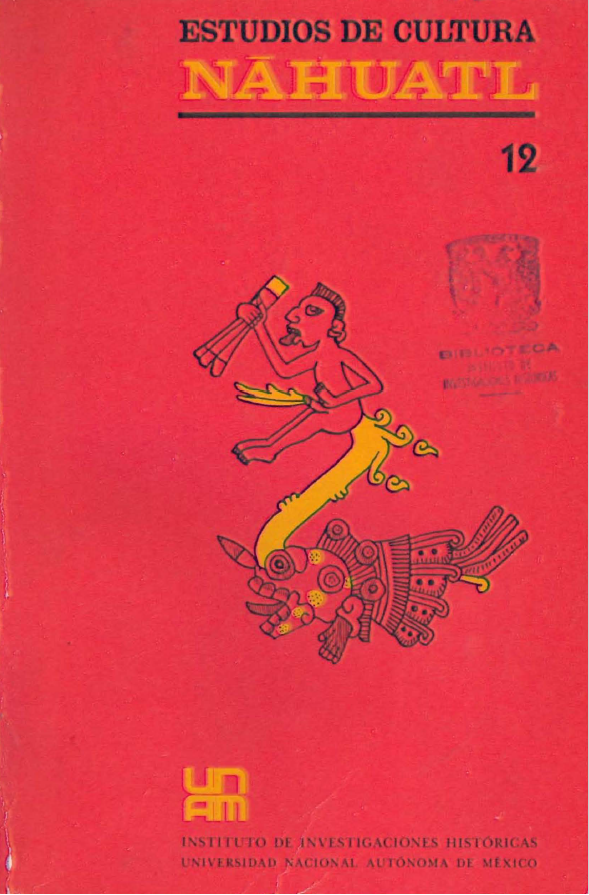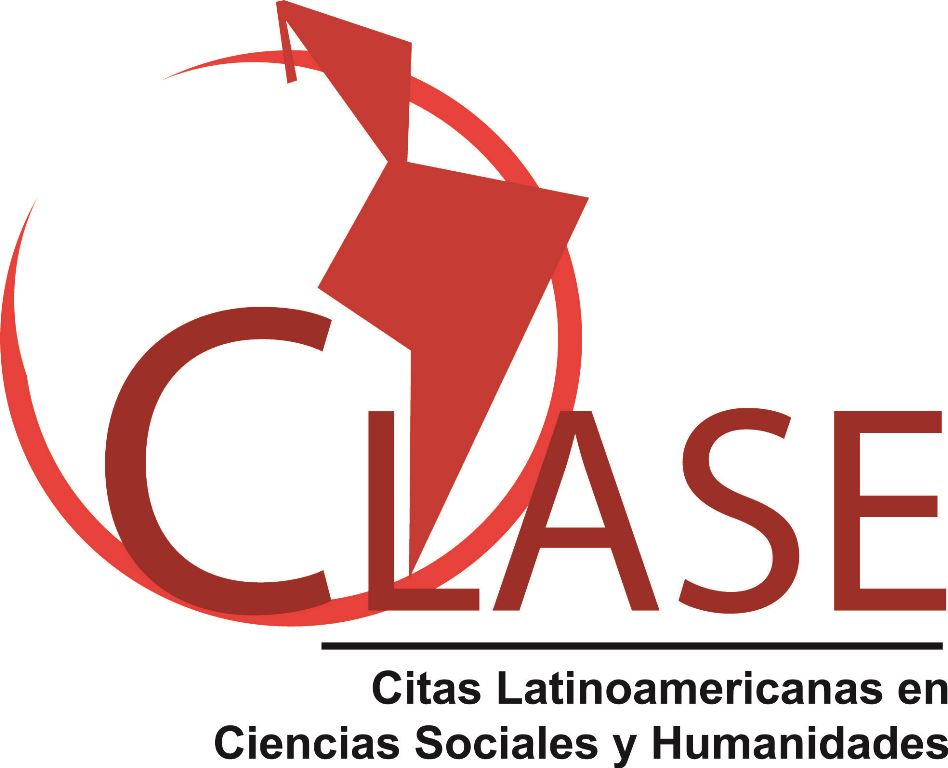Resumen
The sixteenth century vocabularies of the native languages of New Spain are valuable mines of information that have rarely been exploited by the modern investigator. In this short note, the authors wish to make more accessible the zoological data hidden in the Nahua to Spanish section of Alonso de Molina's Vocabulario en Lengua Castellana y Mexicana. It ís not known where he collected his information. Since speakers of Nahua lived, during that time period, in a large portion of Central México, as well as elsewhere in Mesoamérica, there are many possible locations for the homelands of Molina's informants. The fact that some of Molina's animals did have spatially limited ranges may suggest the locations of his informant's homes. To do this one needs information on the sixteenth century ranges of Mexican fauna. Feldman has prepared a computerized listing of the distribution of culturally significant fauna for all of Central México, and together we are extending this listing to other adjacent areas. When complete it will serve as a framework for testing hypotheses on the origin of Molina's work.
Cómo citar
Licencia
Derechos de autor 1976 Universidad Nacional Autónoma de México. Instituto de Investigaciones Históricas

Esta obra está bajo una licencia internacional Creative Commons Atribución-NoComercial-SinDerivadas 4.0.
- Resumen visto - 41 veces
- PDF (English) descargado - 49 veces


 Estudios de Cultura Náhuatl se encuentra bajo una
Estudios de Cultura Náhuatl se encuentra bajo una 








